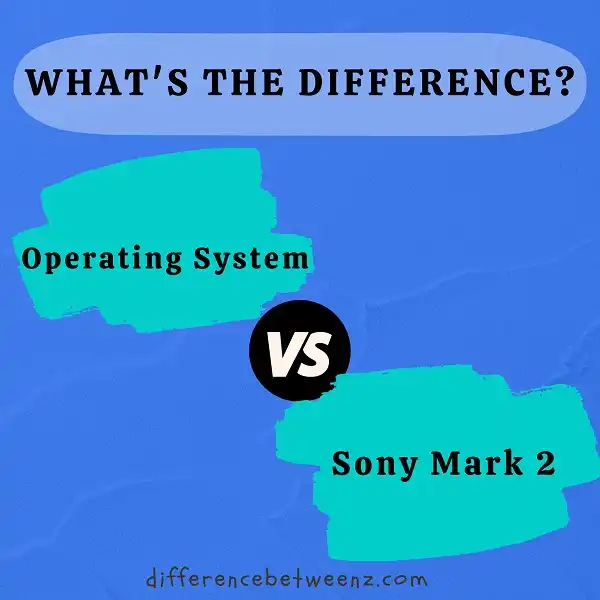An operating system, or “OS,” is a collection of software that manages computer resources and provides common services for computer programs. The kernel is the most important part of an operating system, providing all basic services for other parts of the OS. In this blog post, we’ll discuss the difference between an operating system and a kernel, and how they work together to run your computer.
What is an Operating System?
An operating system is a software program that manages the resources of a computer. It is responsible for performing basic tasks such as processing input and output, allocating memory resources, and managing peripherals like printers or external storage devices. Operating systems also function as user interfaces, providing a set of tools that allows users to interact with the computer and its applications. Some common examples of popular operating systems include Windows, Mac OS, Linux, and Unix. While there are many different types of operating systems available today, they all serve an essential role in helping to manage our increasingly complex digital world. Whether you’re working on a mobile device, computer, or even a self-driving car, it’s hard to imagine doing any sort of real-world computing without an operating system acting as the intermediary between hardware and software. And as we continue to invent new ways to harness the power of computers, it’s safe to say that operating systems will continue to be an integral part of our digital future.
What is Kernel?
The kernel is a term often used in the world of computing, referring to the core part of any software or system. The kernel is typically associated with operating systems and includes such fundamental building blocks as memory management, process management, resource allocation, basic I/O operations, and scheduling. Kernel defines the interface between hardware and software for any given computing system. By providing a stable, efficient foundation on which application software can be built or run, the kernel allows us to create powerful technologies that impact our everyday lives in countless ways. Whether we are using smartphones or computer systems to power our businesses or simply browsing a website to find information online, we rely on the kernel to make these activities possible. So the next time you hear someone talk about “kernel,” think about all of the incredible things it enables us to do.
Difference between Operating System and Kernel
Operating System (OS) is a collection of software that manages computer hardware resources and provides common services for computer programs. The operating system is a vital component of the system software in a computer system. Application programs generally require an operating system to function. Operating systems perform basic tasks, such as recognizing input from the keyboard, sending output to the display screen, keeping track of files and directories on the disk, and controlling peripheral devices such as disk drives and printers.
A kernel is a central component of most operating systems. Its responsibilities include managing memory, process scheduling, and peripheral I/O operations. As a result, the kernel has complete control over everything that occurs in the system. User programs generally do not have this level of access to the hardware. Operating systems that are based on monolithic kernels run all CPU instructions in kernel mode. Kernels based on microkernels operate in user mode and only delegate interrupts and exceptions to a separate management thread called a microkernel. Operating systems can be categorized based on their type of kernel.
Conclusion
Operating systems and kernels are two important aspects of computer science that you should understand. An operating system is software that manages a computer’s resources and provides a platform for running applications. A kernel is the core of an operating system, responsible for managing memory, processes, and files. While there are many different types of kernels and operating systems, understanding these concepts will help you better understand how your computer works.


